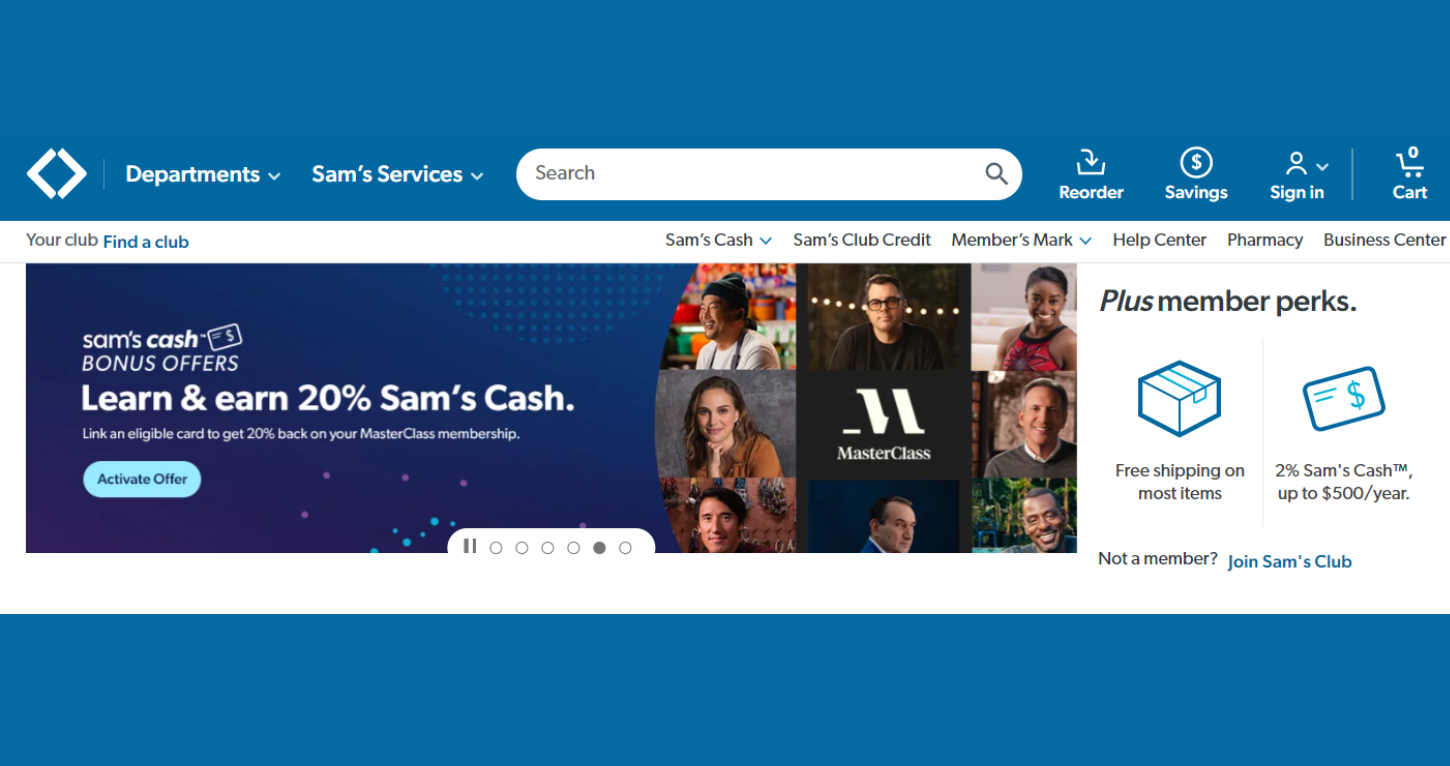Is Shopping Online Really Cheaper? Take a Closer Look
The rapid rise of e-commerce has transformed the way we shop, as more and more consumers turn to online retailers to fulfill their shopping needs. With the convenience of browsing and purchasing items from the comfort of our homes, online shopping has become an increasingly popular method to find deals and save money. However, the question remains: Is shopping online genuinely cheaper than shopping in-store? The answer isn’t as straightforward as it may appear.
In this blog post, we’ll delve into the intricacies of online shopping, examining its various pros and cons, and ultimately determine whether it is a more cost-effective option compared to traditional brick-and-mortar stores. By taking a closer look at the factors that impact the overall cost of shopping, we’ll provide you with valuable insights to help you make the most of your shopping experience, whether it’s online or in-store.
Advantages of Online Shopping: The Perks of E-Commerce
Online shopping has revolutionized the way we shop, offering numerous benefits that make it an attractive option for many consumers. Here are some key advantages of shopping online:
Convenience
One of the biggest draws of online shopping is the convenience it offers. You can browse and purchase items from the comfort of your home, without having to travel to a store or deal with crowds. This is especially beneficial for those with busy schedules or limited mobility.
Wider Selection and Availability
Online shopping gives you access to a virtually limitless range of products from around the world. This means you can find items that may not be available in your local stores or discover unique and hard-to-find products.
Better Prices and Deals
E-commerce often allows for more competitive pricing due to lower overhead costs for online retailers. Additionally, you can easily compare prices across multiple websites to find the best deals. Many online retailers also offer exclusive discounts and promotions, further increasing the potential for savings. You can easily check out better deals from shopping apps like Sam’s Club.

Easy Price Comparisons
Comparing prices while shopping online is quick and easy, allowing you to find the best deals without having to visit multiple stores. There are even dedicated price comparison websites that can help you find the lowest prices for specific products when shopping online.
Detailed Product Information and Reviews
When shopping online, online retailers typically provide detailed product descriptions, specifications, and images, which can help you make informed purchasing decisions. Additionally, customer reviews can offer valuable insights into the quality and performance of products when shopping online, helping you avoid making unsatisfactory purchases.
24/7 Availability
Online stores that offer shopping online are always open, so you can shop whenever it’s most convenient for you, whether that’s late at night, early in the morning, or during your lunch break when shopping online.
Personalized Shopping Experience
Many online retailers that offer shopping online use cookies and other tracking technologies to personalize your shopping experience by remembering your preferences, offering tailored product recommendations, and providing targeted promotions based on your browsing history when shopping online.
Easy and Hassle-Free Returns
While the return process can be more challenging for some online purchases, many retailers that offer shopping online have streamlined their return policies, making it easy and hassle-free to send back items that don’t meet your expectations when shopping online.
By understanding and leveraging these benefits when shopping online, you can make the most of your online shopping experiences and find the best deals on the products you need and love when shopping online.
Disadvantages of Online Shopping: The Hidden Downsides
While shopping online offers convenience and the potential for great deals, it also comes with some disadvantages that are important to consider. Here are some of the key downsides to shopping online:
Lack of Physical Interaction with Products
When shopping online, you miss out on the ability to see, touch, or try products before purchasing. This can make it difficult to accurately assess the quality, fit, or functionality of items when shopping online.
Shipping and Handling Costs
Shopping online often entails shipping and handling fees, which can add up quickly when shopping online. Additionally, the wait time for delivery can be frustrating, especially if you need the item urgently when shopping online.
The Risk of Lost or Damaged Packages
There is always a risk of packages being lost or damaged during shipping when shopping online, which can be both inconvenient and costly. Resolving such issues when shopping online can be time-consuming and frustrating.
Difficulty with Returns and Exchanges
Returning or exchanging items purchased online can be more challenging compared to in-store purchases when shopping online. Dealing with the logistics of shipping the item back and potentially incurring return shipping costs can be a hassle when shopping online.
Online Security and Privacy Concerns
When shopping online, your personal and financial information is exposed, increasing the risk of data breaches and identity theft when shopping online. It’s crucial to prioritize using reputable websites and secure payment methods to protect your information when shopping online.
The Impact on Local Economy and Community
Online shopping can have a negative effect on local businesses, leading to closures, job losses, and a decline in the unique character and vibrancy of communities when shopping online.
Environmental Impact
The rise in online shopping contributes to higher transportation emissions, packaging waste, and pollution when shopping online. While some companies are making efforts towards more sustainable practices, the overall environmental impact of online shopping remains a concern when shopping online.
By being aware of these downsides when shopping online, you can make more informed decisions about how and when to shop online, and when to support local businesses and prioritize sustainable shopping practices when shopping online.
Tips for Shopping Online
Online shopping can be a convenient and rewarding experience, but it’s essential to shop smartly and safely. Here are some tips to help you make the most of your online shopping experience:
Shop from Reputable Websites
Before making a purchase, ensure you’re shopping from a trustworthy website. Look for online reviews, check if the site uses secure encryption (https://), and research the retailer’s reputation. One of the reputable shopping apps that has gained immense popularity among savvy shoppers is Ibotta. With millions of downloads and a strong user base, Ibotta offers a convenient and rewarding way to save money on everyday purchases.

Compare Prices
To find the best deals, compare prices across different online retailers. You can use price comparison websites, browser extensions, or simply browse through various stores to ensure you’re getting the best value.
Read Product Reviews
Before buying a product, read customer reviews to get an idea of its quality, performance, and any potential issues. This can help you make informed decisions and avoid purchasing products that may not meet your expectations.
Look for Discounts and Promotions
Online retailers frequently offer promotions and discounts, so be on the lookout for special deals, coupon codes, and cashback offers. Joining a retailer’s email list or following them on social media can also help you stay informed about the latest promotions. One of the best promotions we’ve seen online are from Fetch Rewards. Fetch Rewards frequently offers special promotions and bonus point opportunities, allowing you to earn even more rewards. Whether it’s bonus points for specific products or limited-time promotions, Fetch Rewards consistently provides its users with enticing ways to boost their earnings.

Set a Budget and Stick to It
It’s easy to get carried away with online shopping, so set a budget for yourself to avoid overspending. Keep track of your purchases and resist impulse buys that may not be necessary.
Protect Your Personal Information
When shopping online, ensure you’re using a secure internet connection, and be cautious about sharing personal information. Only provide necessary details during the checkout process and use a strong, unique password for each online account.
Understand Return Policies
Familiarize yourself with the return policies of online retailers before making a purchase. This way, you’ll know what to expect if you need to return an item, and you can avoid any unexpected fees or hassles.
Look for Coupon Codes
Many retailers offer discounts and promotional codes that can help you save money while shopping online. Check out shopping apps that give you the most cash back. For sure, you know Ibotta. You may earn cash back with Ibotta in over 300 retail chains, and you can also get unlimited cashback when you shop with Rakuten. If you want to receive rewards instantly on purchases you are already making, try Dosh. There are some cash back apps you need to check out. Here are the top 8 cashback apps in 2023 and how they can help you earn a passive income.

Track Your Packages
After making a purchase, track your package using the provided tracking number. This can help you anticipate when your items will arrive and address any potential delivery issues.
Reach Out to Customer Service
If you have any questions or concerns about a product or your order, don’t hesitate to contact the retailer’s customer service. They can provide assistance and help resolve any issues that may arise.
Online vs. In-store Shopping
We’ll compare online and in-store shopping, discussing the pros and cons of each to help you make the best shopping choices for your needs.
In recent years, online shopping has surged in popularity, offering a range of benefits. One of the main advantages is convenience, as you can browse and purchase items from the comfort of your home, without having to worry about store hours, parking, or waiting in line. Additionally, online stores often have a wider selection of products compared to physical stores, making it easier to find specific items or browse through a larger variety of options. The internet also makes it simple to compare prices across different retailers, ensuring that you get the best deal possible. Moreover, online shopping allows you to quickly access customer reviews, which can help you make informed decisions about a product’s quality and performance.
However, online shopping does have its drawbacks. Shipping costs can add up quickly, and delivery times can vary, making it difficult to predict when your items will arrive. Furthermore, when shopping online, you can’t physically examine or try on products, which can lead to issues with fit, quality, or color. Lastly, online shopping can be an impersonal experience, lacking the personal touch and expert advice that you might receive in a physical store.
On the other hand, in-store shopping has its own set of advantages. One of the most notable benefits is instant gratification, as you can purchase and take home items immediately, with no waiting for shipping. Shopping in a physical store also offers a more personal experience, with the opportunity to ask questions, receive advice, and build relationships with store employees. Additionally, in-store shopping lets you physically examine products before purchasing, ensuring they meet your expectations in terms of quality, size, and color.
Despite these advantages, in-store shopping has its own set of drawbacks. Physical stores may have a smaller selection of products compared to online retailers, making it harder to find specific items. They may also have higher overhead costs, which can lead to higher prices for consumers. Finally, shopping in-store requires more time and effort, as you must travel to the store, navigate parking, and potentially deal with crowds.
In conclusion, both online and in-store shopping have their advantages and disadvantages. The best choice for you will depend on your personal preferences and priorities. If convenience and a wide selection are your top concerns, online shopping might be the way to go. However, if you value the ability to physically inspect products and enjoy the personal experience of shopping in-store, brick-and-mortar stores may be a better fit. Ultimately, a combination of both methods can help you get the best of both worlds.
Conclusion: Deciding if Online Shopping is Really Cheaper
Ultimately, determining whether online shopping is truly cheaper than in-store shopping depends on several factors, including the specific products you’re looking for, the retailers you’re comparing, and any associated shipping costs. While online shopping can often provide better deals and a wider selection, it’s essential to consider the hidden costs and potential drawbacks, such as the environmental impact of shipping and the effect on local businesses.
When making a decision between shopping online or in-store, it’s helpful to consider your personal preferences, priorities, and the specific circumstances surrounding your purchase. In some cases, online shopping may be the more cost-effective choice, while in others, visiting a brick-and-mortar store might be the better option. By being mindful of these factors and employing smart shopping strategies, such as comparing prices and reading customer reviews, you can make informed choices that balance both cost and convenience.
In the end, it’s essential to strike a balance between online and in-store shopping that meets your needs while supporting a sustainable and thriving retail landscape. By doing so, you’ll not only save money but also contribute to a healthier economy and a more enjoyable shopping experience overall.
It’s also best if you read 10 online shopping statistics that will change the way you think about online shopping.
